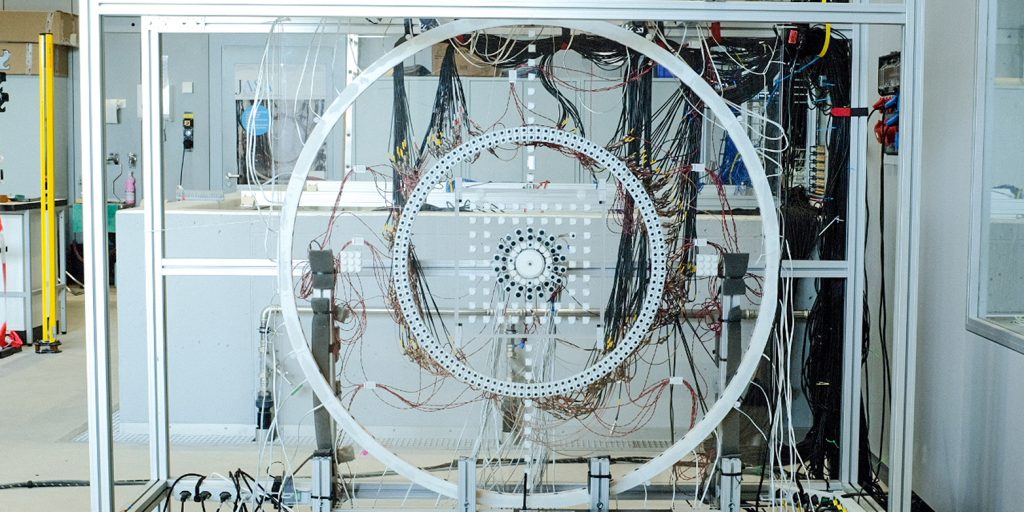“I can hear you, but I can’t see you.” A sentence from an old Sinterklaas song and a description of new experience by researchers from the Swiss University of ETH Zurich. They have developed a technique to make things disappear acoustically, or to create the illusion of things acoustically.
A concert or lecture in a large, modern hall looks very different from an intimate one. The way sound waves are reflected off walls and objects determines sound. Architects use this when designing a concert hall.
Sometimes it helps to temporarily change the sound of the room. For example, if you want to hold an intimate concert in a part of a large hall. Or if you want to protect a specific part of the room from sound.
passive and active voice
Manipulating acoustics to filter out the echo of a large room, for example, is already possible with metamaterials. This is a negative technique. You have to coat walls or objects with a material of a certain structure, so that it reflects sound waves differently (or not).
“Perematerials are limited, though, as new metamaterials must be designed and built for every situation and location,” he says. Theodore Baker From ETH Zurich. “Our approach is more diverse.” The technology that Becker and his colleagues developed actively adapts to the environment using microphones and loudspeakers.
228 microphones and 36 speakers
The researchers tested their technique by making a twelve-centimeter object acoustically “invisible” (that is, inaudible). They also created an illusion of sound for something about this size.
The setup consists of speakers that make the first sound and 228 microphones that receive that sound and send it to the computer. Becker: “Based on this, the computer very quickly calculates – before the sound reaches the body – the signals that a large number of speakers must send to hide or create the illusion of something.” Then the computer controls the 36 speakers to emit a second sound. This signal distorts the first sound so as to create the acoustic illusion of the presence or absence of an object.
To mask an object, the speakers emit a signal that cancels out the sound reflected off the object. To create the illusion of something, the amplifiers create a signal that looks like sound waves bouncing off an object.
“Once the setup is set up, it takes about an hour to create another illusion or hide another object,” Becker says. This technology works with sounds in a wide frequency range (over 3.5 octaves) and for sounds that come from all directions.
Invisible acoustic walls
Active noise cancellation is now widely implemented. Especially in headphones Emmanuel Friot, of the University of Aix-Marseille, France, which was not involved in the study. This works best with lower frequencies and predictable noise, such as engine noise. To make an object invisible, you need to cancel the reflected noise from the object. The separation of direct noise from reflected noise is a theoretical and practical problem. Various methods are investigated for this. This new research combines a theoretical framework, experimental setup, and specialized equipment. This is a fruitful approach to noise control.
Right now, the technology works primarily in a two-dimensional plane, says Baker. researchers from Immersive Wave Experience Center, who also participated in this first experiment, are working on a 3D method. The technology can then be used, for example, to erect a “virtual wall” through which almost no sound comes out. Useful for open-plan offices or restaurants.

“Coffee buff. Twitter fanatic. Tv practitioner. Social media advocate. Pop culture ninja.”










More Stories
Which can cause an increase in nitrogen.
The Central State Real Estate Agency has no additional space to accommodate Ukrainians.
The oystercatcher, the “unlucky national bird,” is increasingly breeding on rooftops.